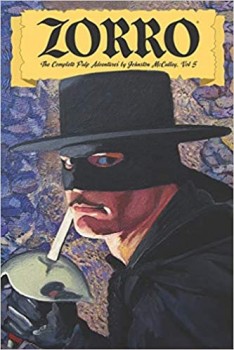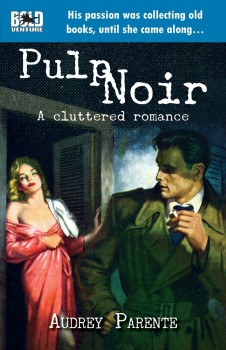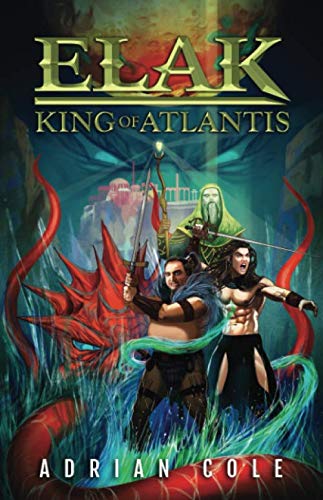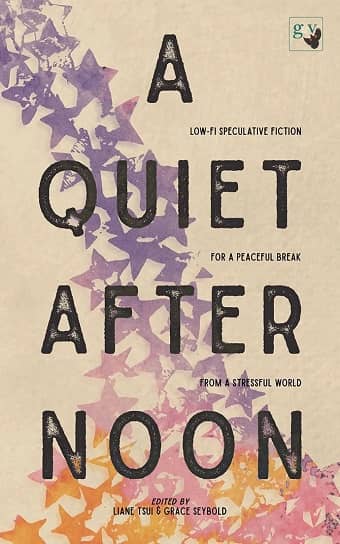Behind the Scenes with Skull & Friends
I finally got around to listening to the epic podcast produced earlier this year by the staff and contributors to Tales From the Magician’s Skull. It features the brain trust behind my favorite sword & sorcery magazine, including its illustrious publisher Joseph Goodman, mastermind behind Goodman Games; editor Howard Andrew Jones (Managing Editor emeritus of Black Gate); and authors John C (Chris) Hocking, James Enge, and S.E. (Seth) Lindberg.
The whole thing is well worth listening to, roaming free-form over topics of interest to anyone who enjoys reading or writing quality short fantasy, including horror stories from the slush pile, the rising influence of Clark Ashton Smith and Warhammer, the importance of the establishing shot in fantasy fiction, other sources of quality S&S (including Adrian Simmons’ Heroic Fantasy Quarterly, Jason Ray Carney’s Whetstone, Dave Ritzlin’s DMR Books, Cirsova, and Weirdbook), Icelandic sagas, the timeline of James Enge’s Morlock tales, Hocking’s Benhus stories, Howard Hanuvar tales, and the mysterious and untimely demise of an unusual number of magazine interns.
A couple of friends tipped me off that I was name-checked about forty minutes in, so it wasn’t a surprise when I heard it, but it was certainly worth the wait. The topic under discussion was the rare and classic Fighting Fantasy board games, including The Warlock and Firetop Mountain and especially Legend of Zagor. Here’s a transcription from around the 36-minute mark.
Howard: I bet John O’Neill has all of that, probably multiple copies in shrink.
S.E. Lindberg: Oh my god.
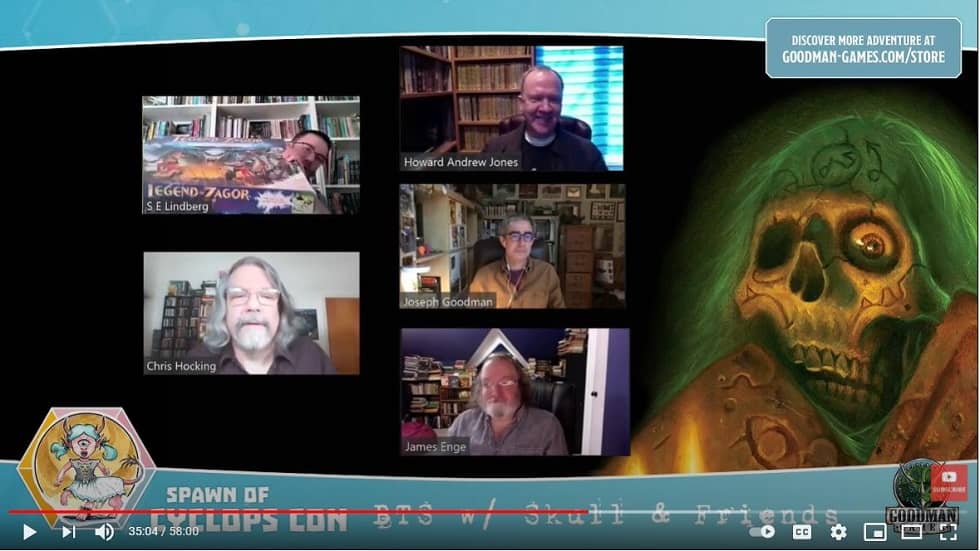

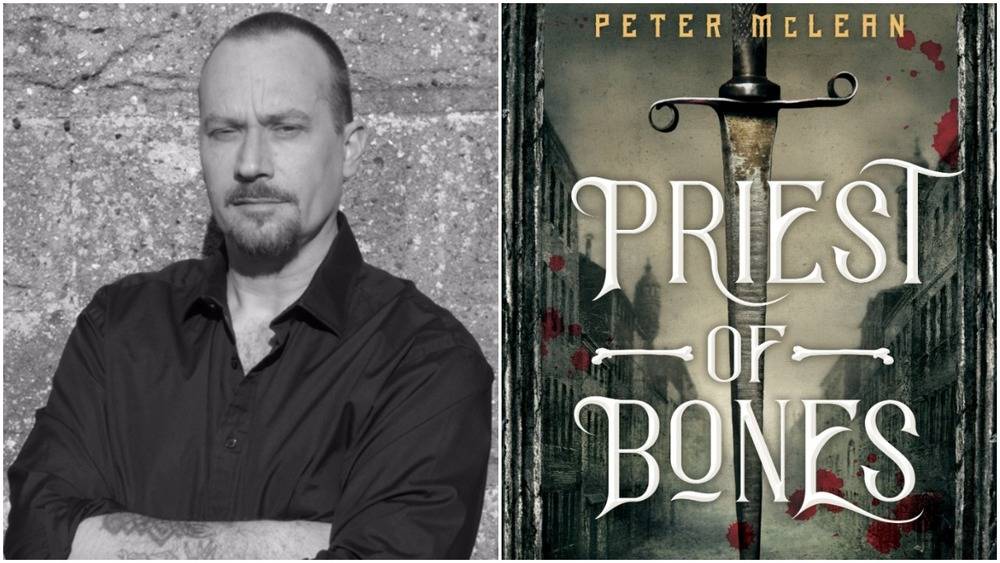
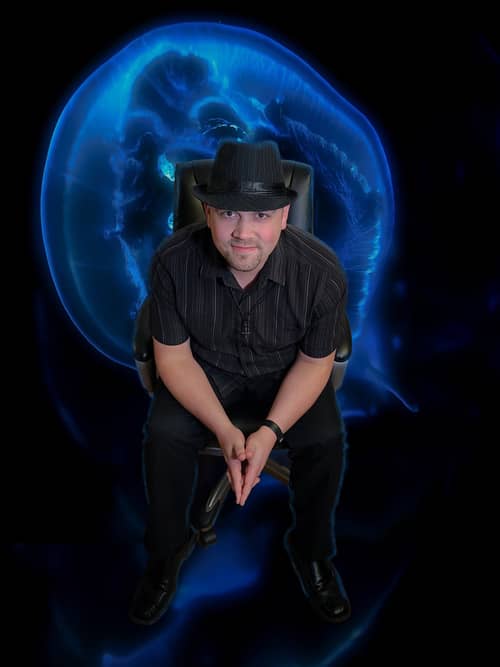


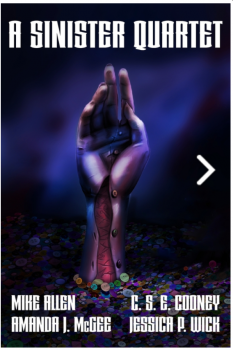 Ah, Horror in the time of Covid! It seems almost superfluous, like a feather boa on an ostrich.
Ah, Horror in the time of Covid! It seems almost superfluous, like a feather boa on an ostrich.